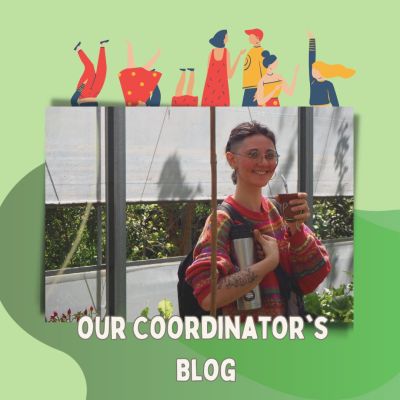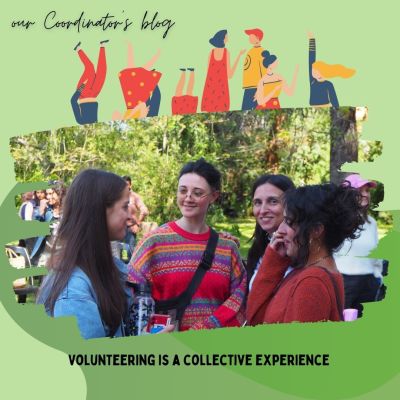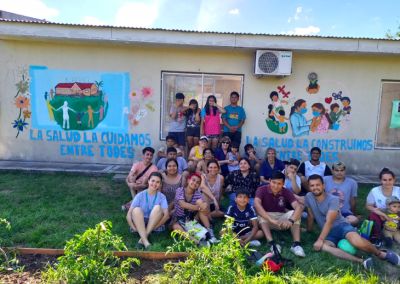
Article by Florian Wieser
On the 12th of October, Argentina celebrates the day of cultural diversity in America. The Argentine government introduced the day in 2007 with the aim to raise awareness of the situation of the original inhabitants of Argentina, who still suffer from disadvantages and discrimination. At the same time it is an appeal for a more just and fair society. Although Argentina is largely influenced by immigration, being the country that has welcomed the second largest number of immigrants in total worldwide, indigenous people still account for a vital part of Argentine society. According to studies of the University of Buenos Aires, 56% of the Argentinians have at least one indigenous forefather. A census undertaken by the National Institute of Statistics and Census of Argentina (INDEC) in 2010 shows that about 900.000 (2.4% of the whole population) actually claim to be indigenous, which means that they live according to their traditions and cultural habits of their people. Most of these indigenous peoples can be found in the North-West (e.g. Quechua, Diaguita), North-East (e.g. Guarani, Mocovi) and the South (e.g. Mapuche, Tehuelche) of the country, although a lot of Indians have already moved to the bigger cities due to better working opportunities.

Not very long ago, introducing a day to raise awareness of the indigenous peoples, their needs and their interests, would have been impossible. Since the foundation of Argentina, Indians were treated as intruders rather than as Argentine citizens – most of their land was given to the state or the military, many of them were killed. Until the end of the military dictatorship in 1983, the indigenous population was suppressed and ignored. It wasn’t until 1994 that equal rights for indigenous people compared to Argentine citizens was officially recognized by the country’s constitution! However, by that time, the century-long suppression had already caused serious damage. Due to the exclusion of large parts of the education system, many of the native languages have been lost. Today only 10% of the people who count themselves to the indigenous population are able to speak a native language. Although education possibilities have been greatly increased in recent years, the illiteracy rate among Indians is still incredibly high. There are peoples in which almost one third of the members are unable either to read or write, a value that lies far above the Argentine average (INDEC, 2004). This accounts as well for the rate of poverty. On average, 14% of the Argentine population can’t afford what they require to meet their basic needs whereas the rate among the native Indians lies at about 25% (Eglau, 2010). As the Catholic University of Buenos Aires states, more than 80% of the Indian population living in rural areas of the country is suffering from malnourishment.
However, what actually bothers them most is the fact that the land that was once taken from them has still not been returned. The land plays an integral part in Indian tradition. It’s where they live, where they seed potatoes, where they work together, where they worship “pachamama“, mother earth. However there is some hope that the Indians can reclaim their former territories again soon. About 4 million hectares of land have already been returned to indigenous societies, 15 million are still being checked by Argentine authorities (Deutsche Welle, 2010). It would be a first step to further secure the continuity of indigenous life in Argentina. However, to secure a society in which native inhabitants have the same opportunities as Argentines of European origin, it seems that there is still a long way to go.




